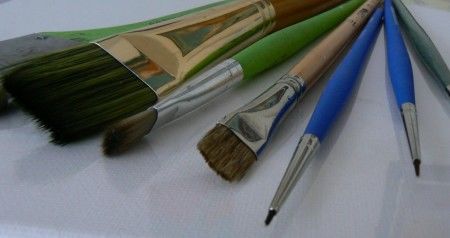Sam
Artist statement
Degunst SAM is a self-taught, passionate and versatile painter who also loves to write, to play music and to sing. What makes her paint is a visceral need to express emotions as writing, music, singing can not allow her to let it all out.
Painting for her is a real outlet, a way to pass a message which is often personal, but not just so. Some facial expressions and body language make her feel the need to keep track of them. She re-lives the intense emotions by expressing them on the canvas, with the aim of sharing, as if she wrote a letter to someone.
Her choice for black and white allows her to reflect the fragility, the edge between the known and the unknown, the public and private, and the said and the unsaid. This subtle play between shadow and light suggests more than it reveals. She tries to show as little as possible, affording only the essentials and letting the imagination do the rest. To do this, SAM uses mainly a mixture of products based on her own ecological composition in black and white because it provides more contrast, the fluid painting offers more flexibility and precision this way. Being extremely attracted by details, she chose the smallest brushes for superior accuracy and total freedom.
On each new canvas, the evolution is evident: the details are becoming more present and imagination of the viewer is increasingly used to restore what the brush does not show, but suggested. People often need time before they notice that all traits are not present. What doesn't show correspond to the model's privacy and the one we are not supposed to have access.
SAM works most often from photos she has taken herself. The tool allows her to understand the structure of the base image to the smallest details, such as a medical imaging reveals the human body, allowing her to appropriate the original image so totally she can be freed from it more easily.
This is obviously a preliminary search. A time lag is sometimes important to step back from the cold and mechanical reality of the image. This distance helps to purify the multitude of integrated information for no more than the essence to remain on the canvas. Once the reflection is complete, the internal design is so obvious that the brush or spatula only have to translate it into colors and materials.


